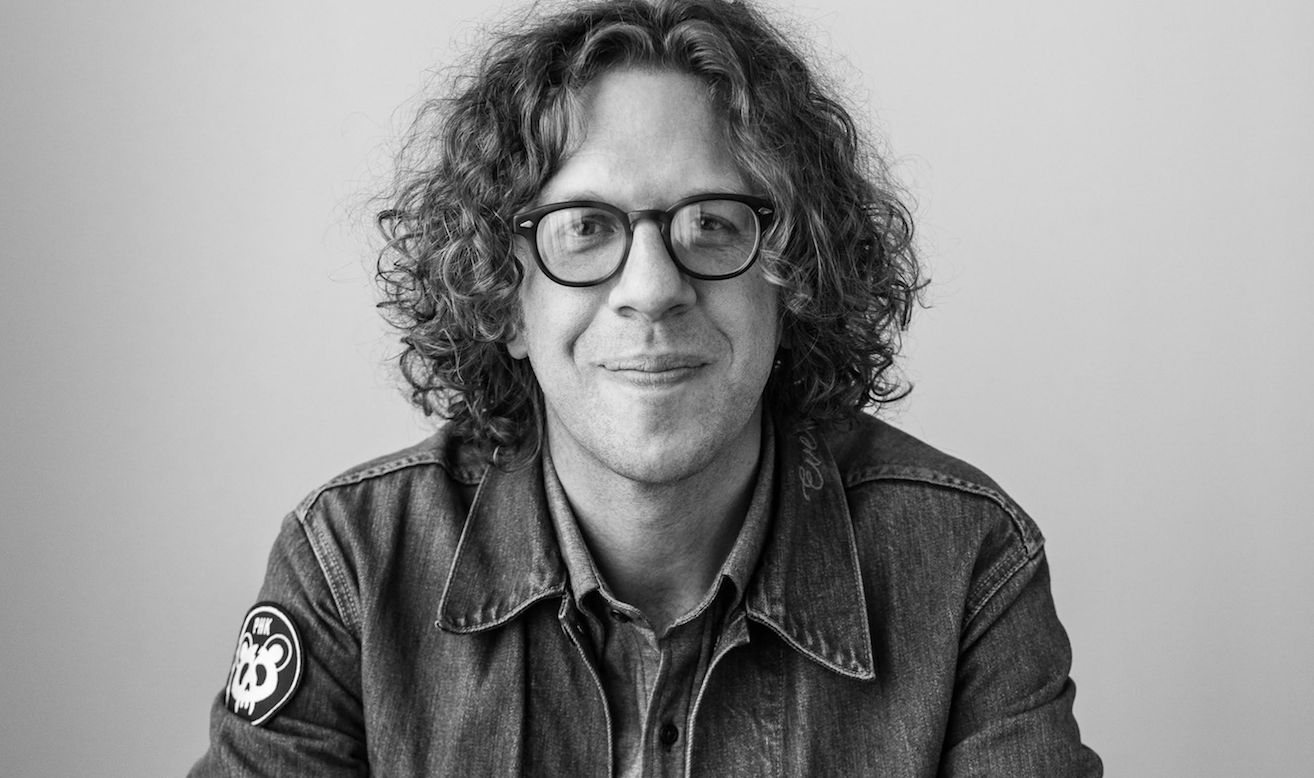


In the best of these compositions, he substitutes his potent enthusiasm with quiet joy. Where Cook once chased the emotional peaks of Americana jam sessions and singalongs, he now rests in the suspended tension of an emotional film score. Similarly, the gorgeous “Alone” spills with nimble and steady trills, triads, and arpeggios gliding into one another with delightful ease. Its horizon widens as sustained notes linger and thicken the atmosphere. The centerpiece “Long Run” builds from a repeated, lone piano note that joins with increasingly emphatic chord changes. The second half of the record is more meditative, striving for space and openness, at times recalling the tempered transcendence of Ethiopian jazz pianists such as Emahoy Tsegué-Maryam Guèbrou and Hailu Mergia. Even in the most upbeat moments, like the ragtime runaway solo on “Bicycle Kids,” Cook demonstrates a methodic patience and restraint that feels new to his work. “All These Years” is a concise requiem with bright, glinting melodies. “Brothers” is a yearning downtempo jazz ballad with soft but weighty chords emphasizing a lilting melodic structure. The early standouts feel more premeditated, though the performances are still pleasantly unrehearsed. Though mostly untethered to metronomic rhythm, the album is divided between more composed songs and looser improvisations. (Fittingly, distant bird chirps, falling rain, and room sounds find their way into the recordings.) These styles cohere to suggest something like inner peace, or at least the quiet thrill of brushing shoulders with it. By quieting down and highlighting just one element of his sound, Cook draws us closer to the ecstatic love of music and life that drives his art.ĭespite the cohesive sound of the record, Cook expresses his wide-ranging influences: a seamless mix of Appalachian folk, blues, ragtime, gospel, jazz, and modern classical minimalism. Though known to fans as a beacon of outspoken positivity, Cook seldom indulges in his more familiar roots-rock impulses here, focusing instead on the core of his musical and thematic ideologies. The follow-up to 2019’s instrumental collection As Far As I Can See is refreshing in its simplicity and nonchalance. He wrote the music during an artist retreat in the Blue Ridge Mountains and then recorded the songs in a church in his hometown of Durham, North Carolina. Already secluded due to the pandemic, he decided to take on Hornsby’s challenge and reflect on his first and primary musical instrument. Cook cites a conversation with musical hero Bruce Hornsby as inspiring him to dedicate his 40th year to “relearning” the piano, as Hornsby claims to have done at the same age. This time, however, Cook presents these sounds in the context of intimate solo piano performances. Cook’s latest solo album, All These Years, operates in familiar territory, blending elements of folk, gospel, jazz, and blues.


 0 kommentar(er)
0 kommentar(er)
